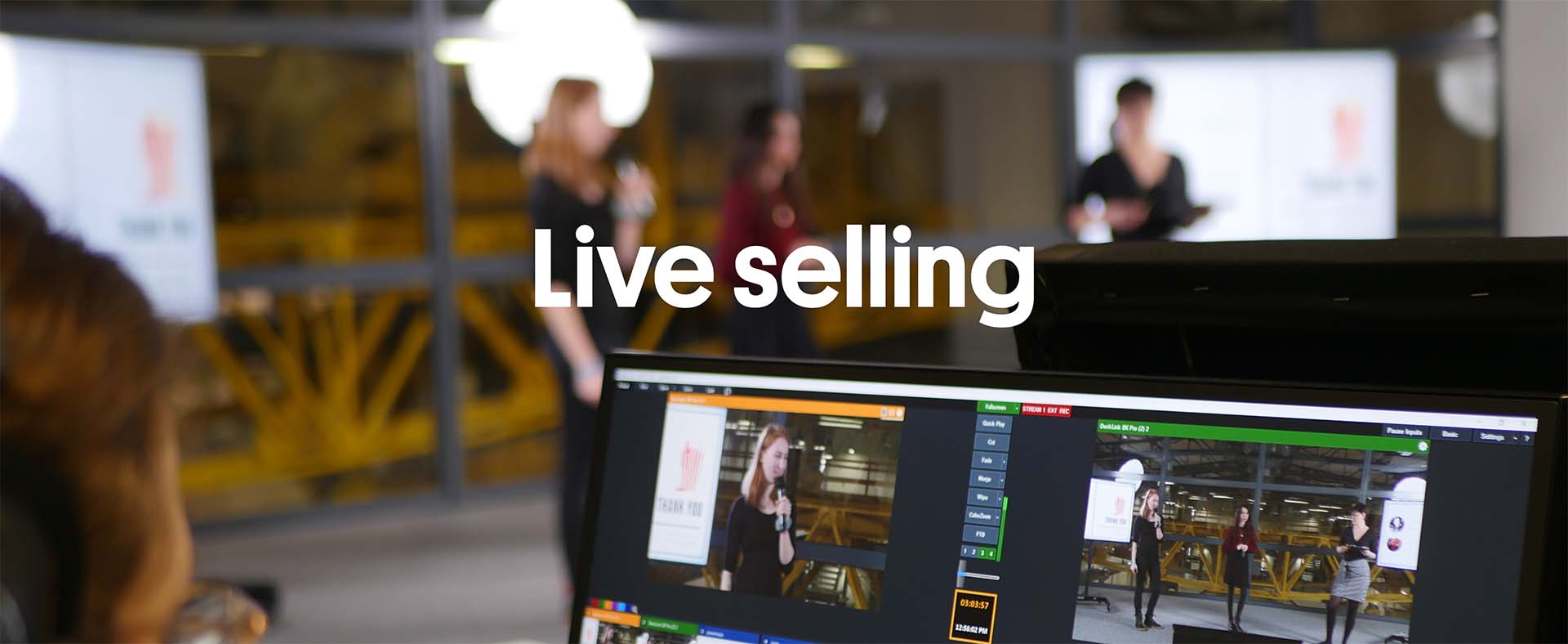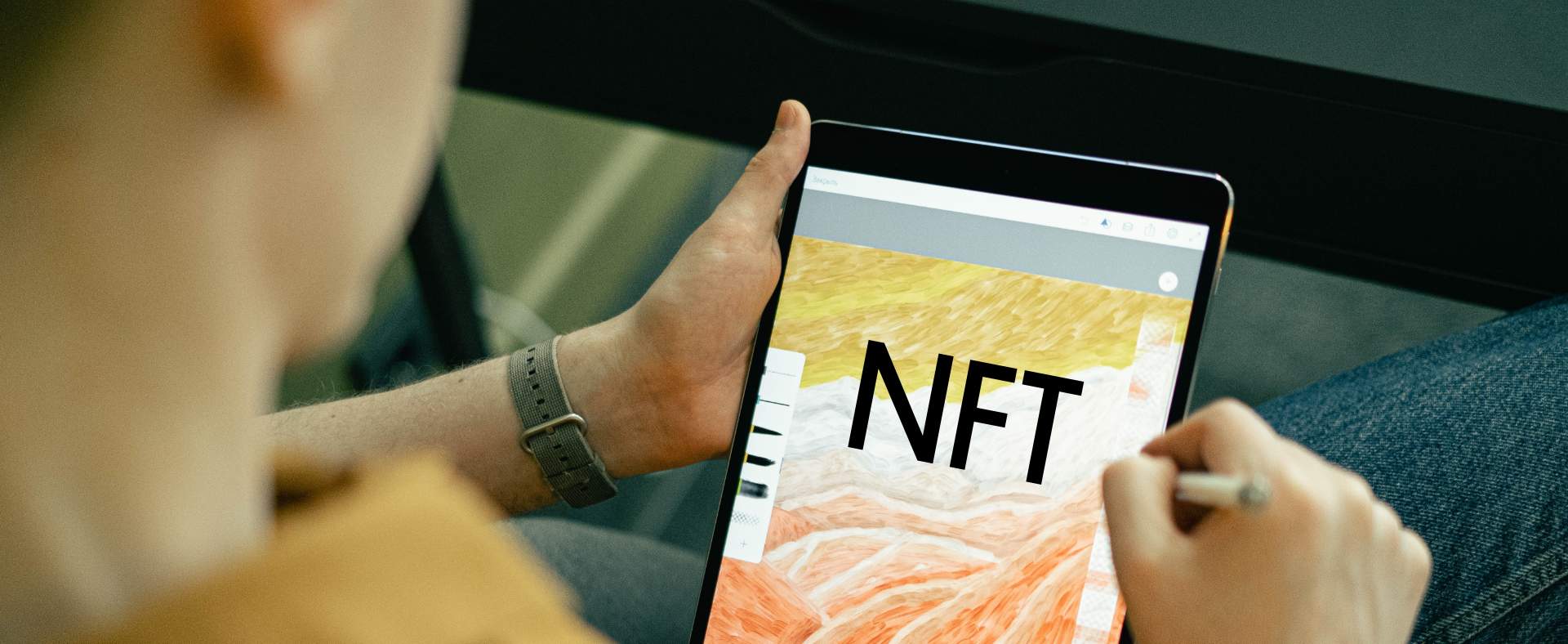
Breaking down shopping barriers is undergoing another revolution. Live commerce is breaking into our shopping habits and becoming an increasingly common part of companies' sales strategies. Learn the basics of preparing a live selling streaming, the most common mistakes and the biggest benefits.
1. What is live selling, or actually live commerce?
The history of live selling is short, but it abounds in sizeable numbers. The vast majority of these indicators come from China, where live commerce is already very popular. The hype for this type of transactions started in 2016, when Alibaba introduced its first live sales. Dynamic growth was visible from 2018 onwards. By 2020, global online sales had doubled, with more than 2 billion people buying online!
Live commerce, often also referred to as live sales or live selling, is a growing trend in online shopping that is making its way to new markets. In short, it consists of starting and completing a transaction during a single live streaming. During the event, the presenter introduces the product or service, advertises it and talks to the audience about it, answering their questions or comments in a chat room. Modern live selling has fully automated this process. It is no longer just a person coming forward willing to buy and trying to get them to pay by talking in a private chat, but through the use of interactive tools and links, it is essentially an opportunity for the customer to complete the transaction themselves.
A typical live shopping session consists of a video stream, a chat, a list of products that can be purchased and appropriately devised and programmed response buttons, links leading to the purchase.
A separate element is the presenter (host). His choice is a key element, as he should have at least 4 characteristics:
- commitment,
- expertise,
- energy,
- authenticity.
2. The benefits of implementing live sales
Live selling owes its effectiveness to several psychological mechanisms. First of all, it creates the impression of hurry and limited time, and as we know, even everyday slogans such as: last day of promotion, today only, you have only 5 minutes - have an effect on consumers. During the live streaming a given offer appears on the screen and can be purchased only then. Although live lasts an hour or more, the time it takes for a single product to appear and be talked about is relatively short, which encourages faster decision-making.
In addition, the participant and the potential customer see how others buy. And they also see how the number of available products is decreasing, while everyone wants to have this particular product and be among the few who own it.
All this often leads to the FOMO effect (fear of missing out), which motivates the final purchase decision. It is very difficult to recreate such a situation with traditional posts or advertisements in the media.
A good presenter also makes those participating in live selling feel at ease and have fun. They don't feel the anxiety that can sometimes accompany online shopping.
3. Live commerce mechanisms
To get a live selling session right, it's not enough to just put someone in front of a camera and have them speak. Here are some good practices to keep in mind.
- Clickable links - this will make the customer's path to purchase as easy as possible.
- Storytelling - the inclusion of such elements makes the communication feel like a story, a presentation of a story. All this will make customers feel a bond with your brand, they will associate it with good emotions.
- The product comes first - when preparing a live sale, people often make the mistake of focusing too much on the brand instead of the product. And it is the product that should be the star of the show, appear in the foreground, show its qualities. For example, if you're selling clothes, put them on, if you're selling white goods, turn them on and show how they work.
- Communication here and now - constantly monitoring the chat and responding to comments, engaging, asking questions, asking for feedback, quick responses is what makes a customer feel drawn in and click!
4. Common mistakes in live selling
If you are new to real-time selling, rely on specialists to help you avoid some of the problems you may encounter when preparing your streaming. What are the most common mistakes?
- echo during the live streaming,
- background noise,
- positioning the presenter too far from the lens, so he may not show the product he is holding in his hand well,
- lack of interaction with the audience,
- lack of chat moderators,
- mistakes in set design,
- poor lighting.
Don't delay, start implementing live selling using professional tools.
If you still have doubts, remember that live streaming has three times longer average viewing times than playback video. And the longer you are able to keep someone engaged with your streaming, the more likely they are to become your customer.
Additionally, live video content has six times more organic reach than any other social media post. Social media sites really like and promote this type of activity.
Already have your first live selling idea in mind? Let us know how we can help!





